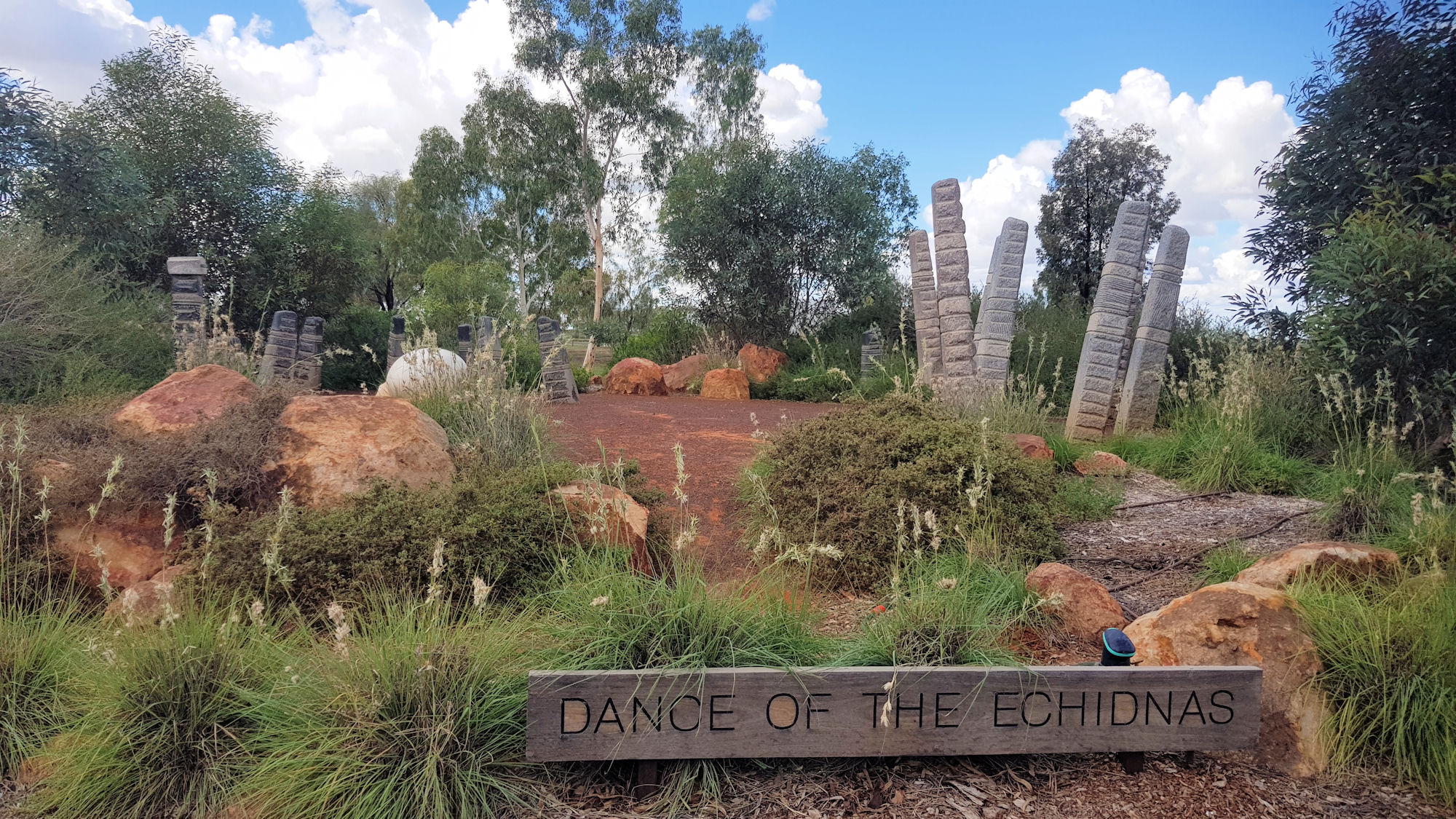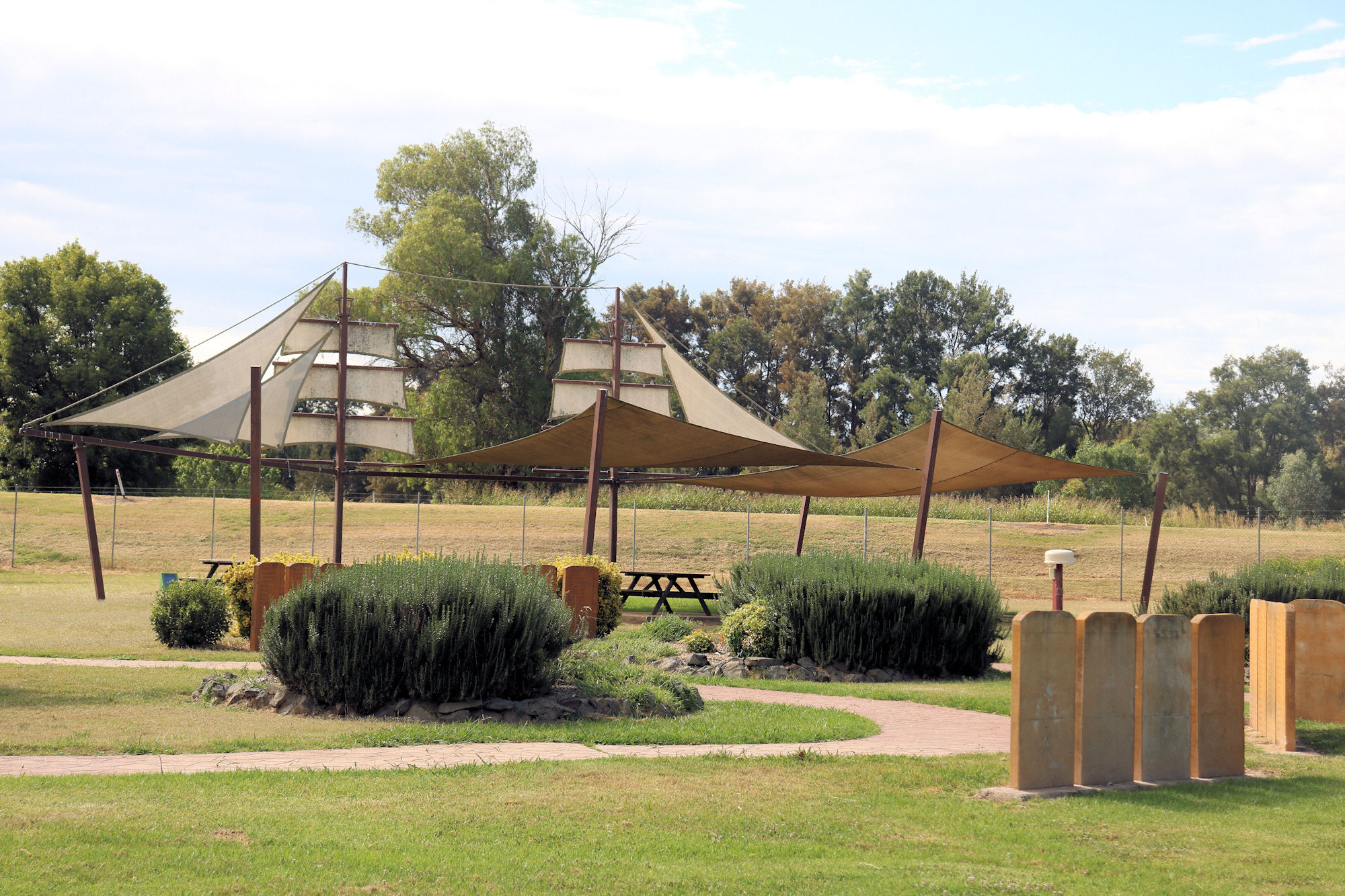Tag: Memorial
-
Legerwood Memorial Trees

Legerwood Memorial Trees Created to honour fallen soldiers in World War One, the Legerwood Memorial Trees are a brilliant way to ensure their legacy remains remembered. Following the end of World War One, many towns and cities in Australia chose to honour their fallen soldiers by planting trees to form avenues of remembrance. Planted during… Read more
-
Bourke Gateway to the Australian Outback

Bourke Located in the Orana Region of western New South Wales, Bourke is the edge of the Outback. To many Australian, the saying Back O’ Bourke means in the middle of nowhere. Visitor Centre Our first stop was the Back O’ Bourke Tourist Information Centre, so that we could find out if there was anything… Read more
-
First Fleet Memorial Gardens Wallabadah

First Fleet Memorial Gardens Wallabadah We hadn’t intended to stop in Wallabadah, but on seeing the sign for the First Fleet Memorial Gardens, we decided to. This is the great thing about driving with no fixed appointments, because you can stop at any time and see something interesting. Another interesting thing to discover is the… Read more